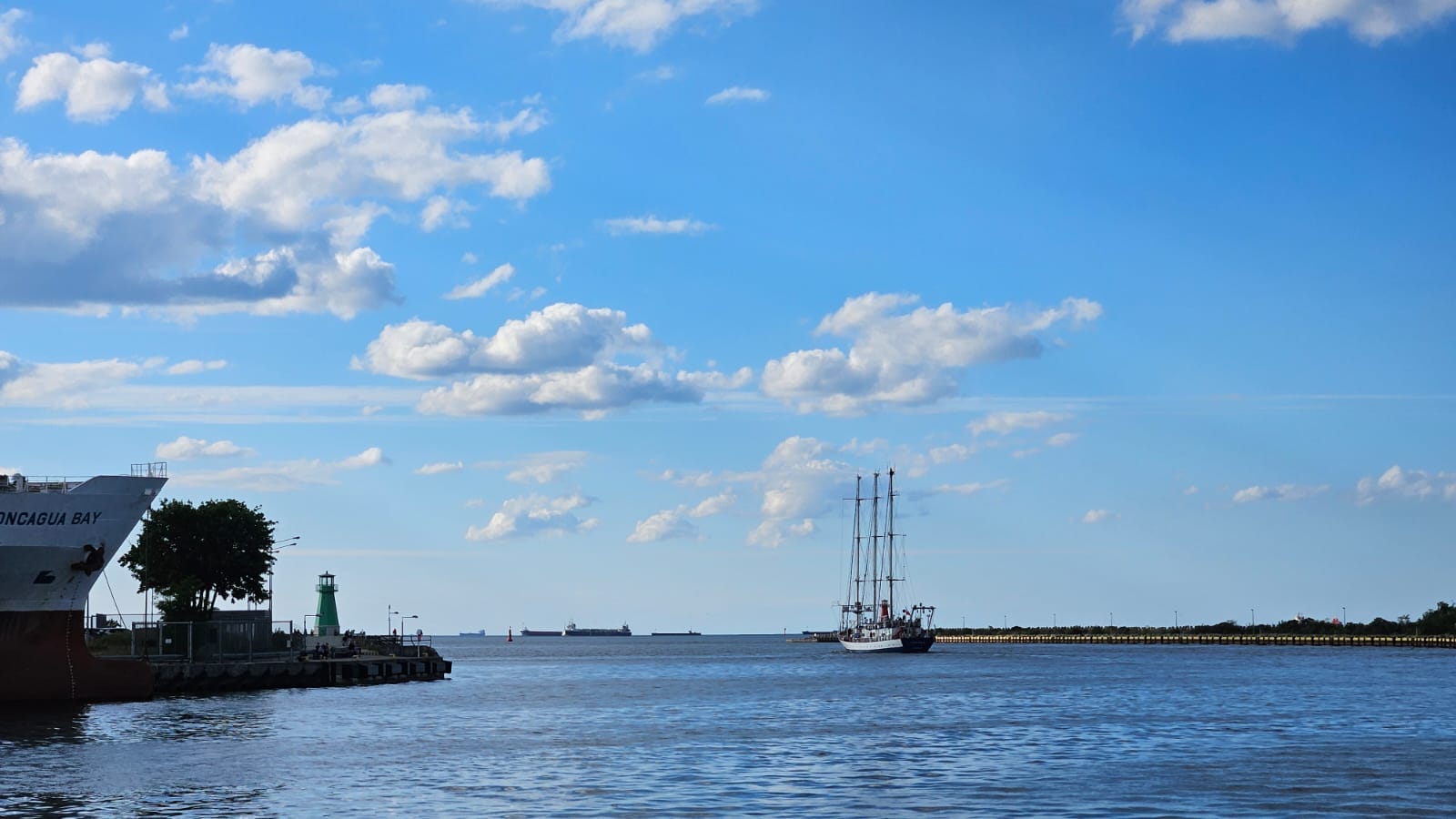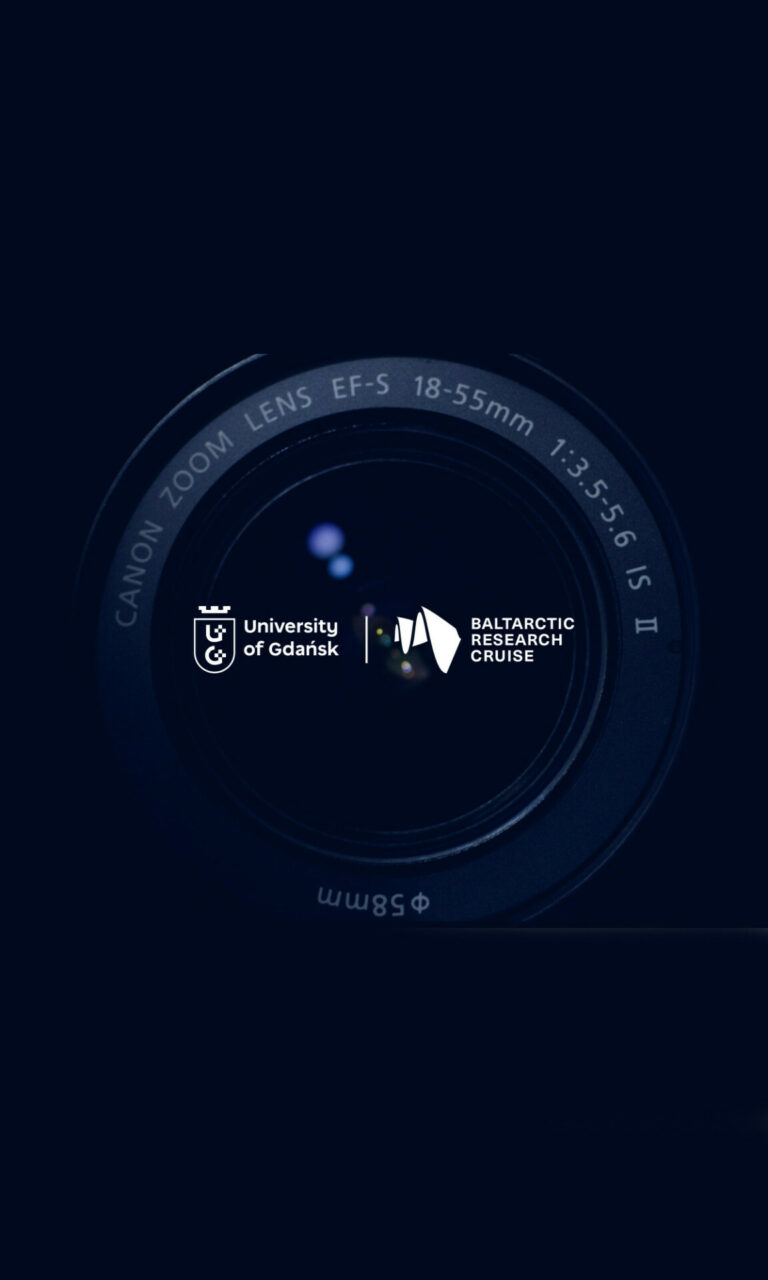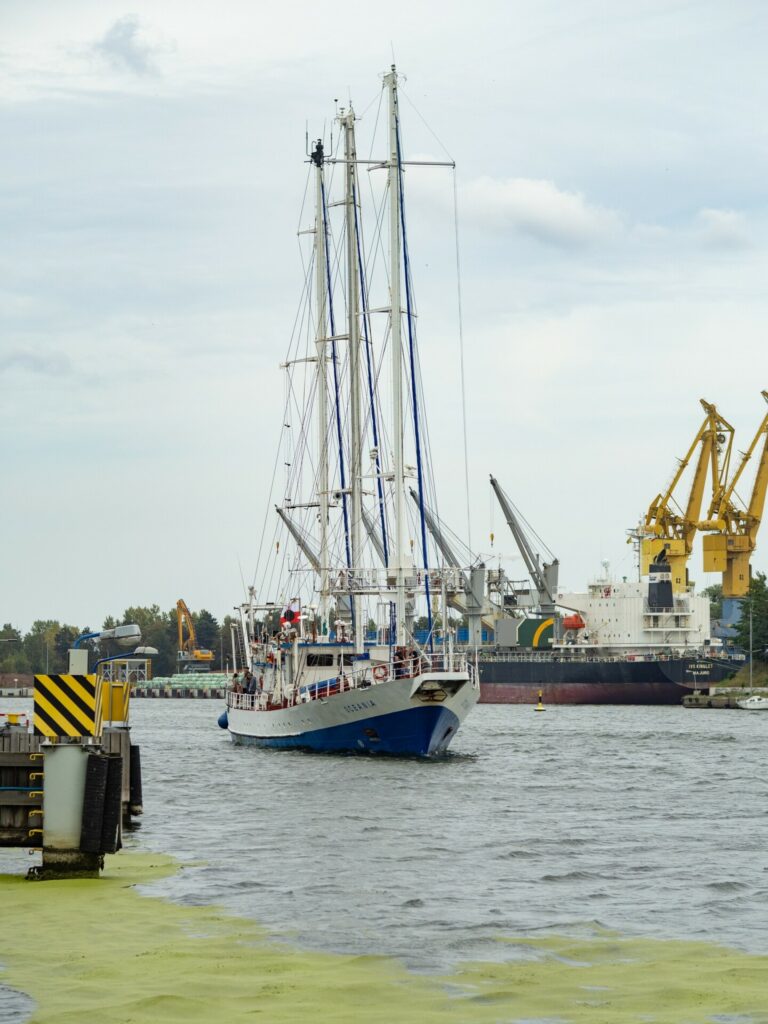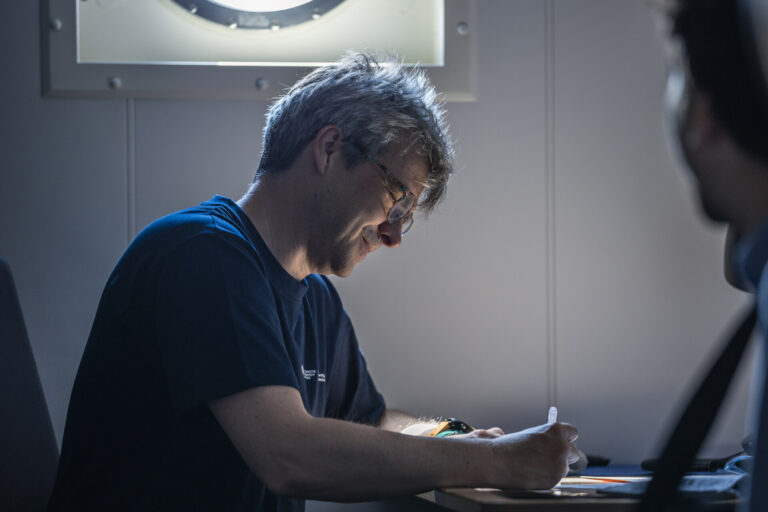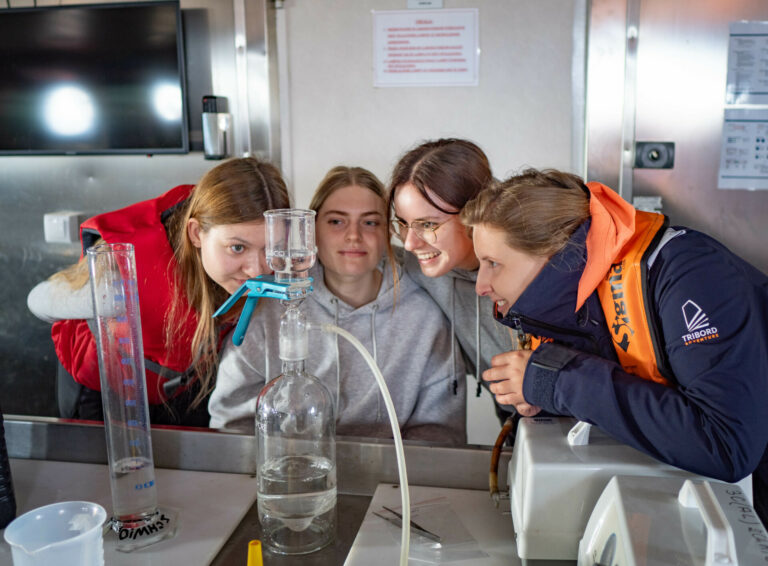Our long-term oceanographic observations aim to study thermohaline circulation, the transport of Atlantic waters, pathways, and transport of Atlantic Water, in particular variability and dynamics of the Norwegian Atlantic Current and West Spitsbergen Current and their impacts on marine biogeochemistry and ecostystems in the European Arctic. Other scientific aims of the cruise are studies of hydrography, optical and acoustic properties, plankton, surface sediments, benthos and seabirds in the Spitsbergen fjords and coastal regions, covering a wide spectrum of investigations that influence changes in the abiotic and biotic environment of the European Arctic.
We left as we planned from our home port in Gdańsk at 6:00 PM. This is our route for this year:
Gdańsk – Bergen – Norwegian coastal waters – Bodø – Vøring Plateu – Tromsø – Norwegian Sea – Greenland Sea – Longyearbyen – Fram Strait – Longyearbyen – Hornsund – Kongsfjorden – Isfjorden – Longyearbyen – shelf and slope north of Svalbard – Woodfjorden – Longyearbyen – Isfjorden – West Spitsbergen shelf – Storfjorden – Gdańsk
This cruise is also unique while, for the first time, our paths intersect with the research vessel Oceanograf from the University of Gdańsk in the joint part of the BaltArctic Research Cruise.
The goal of this cruise is to conduct collaborative studies of brackish waters from the Baltic Sea to the Nordic Seas. According to circulation models, this water flows through the Danish Straits, enriching the Nordic Seas. We will examine these waters along with their physicochemical properties and biota on two ships—one following the fjord route (r/v Oceanograf) and our brave Oceania along the shelf edge. Our shared route takes us through the Baltic Sea, the Danish Straits, with a brief stop in Bergen, and onward to Bodø in Norway. There, we bid farewell to our friends and continue our two-month journey northward, toward the Arctic.
